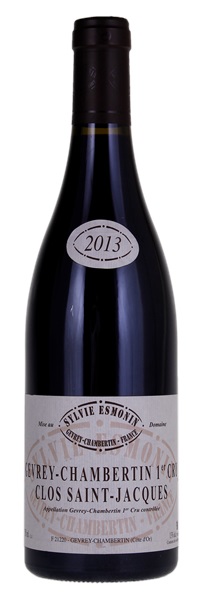Removed from a subterranean, temperature and humidity controlled residential cellar; Purchased upon release; Consignor is original owner

Image above is an example. To view the image of the lot, click the item number.
Estimate
Ripe, deep perfume of black cherry, dark berries, crushed rock, wild herbs and game lifted by a peppery topnote. Very concentrated, intense, taut wine with terrific volume and inner-mouth energy. A captivating floral quality contributes another dimension. Explosive on the back end, saturating the mouth and exciting the salivary glands. Finishes with terrific late spicy lift.
...quite sullen and later almost reluctantly springs scents of blackcurrant, allspice and light iris flower...palate is well-balanced with slightly chewy tannins. There is a taut line of acidity, and the palate is structured with perhaps some sinew on the finish.
Very sumptuous nose. Rich and ripe and absolutely no excess of acidity. All plump fruit and freshness. Lots of concentration. But great balance. Great juice!